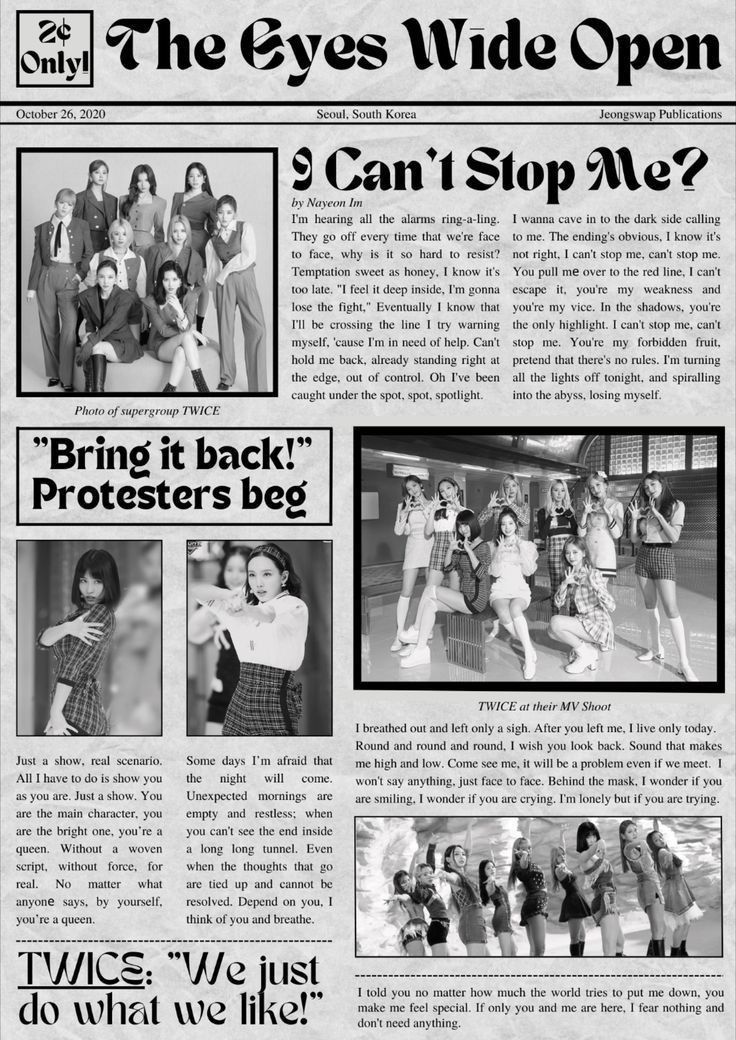The rise: attention arbitrage in the Hallyu boom
In the mid-to-late 2010s, the global K-pop surge met an internet hungry for fast, emotional headlines. Tabloid-style sites scaled by translating rumors, framing minor social posts as scandals, and “chaining” micro-articles (ten posts where one would do). The playbook was simple:
- Exploit velocity: Publish first; correct later (if ever).
- Lean on ambiguity: “Netizens shocked as idol…” without naming sources.
- SEO swarm: Multiple low-effort posts targeting the same search terms.
- Emotion over context: Anger, shock, pity—anything that gets a tap.
For a while, the unit economics worked: cheap content + programmatic ads + search traffic = profit.
The turning point: audiences grew up faster than the model
Three shifts, slow at first and then all at once, unraveled the formula.
-
Platform rewires
- Search engines dialed down thin, repetitive content and rewarded original reporting and expertise.
- Short-video platforms (TikTok, Reels, Shorts) siphoned attention with creator-led explainers and real-time translations, beating tabloids on context and charisma.
- Artist-owned pipes (Weverse, Bubble, LYSN, fan cafés, label YouTube) reduced the need for intermediaries. Fans could verify straight from the source.
-
Fandom literacy
K-pop fandoms professionalized. Translation teams, data accounts, and fan-lawyers normalized media literacy: readers began asking who said this, in what language, and what’s the full clip? “Gotcha” crops failed when full videos, court documents, and timelines circulated within hours. -
Advertiser caution
Brands tightened adjacency rules. Reputational risk rose for campaigns placed next to unverified allegations or invasive paparazzi content. Safer bets—artist partnerships, creator testimonials, official campaigns—took budget away from open-web tabloids.
Anatomy of the decline: how the metrics rot
- CTR still looks okay, but loyalty collapses. Rage-bait headlines can sustain clicks; they can’t sustain trust. Return visits and newsletter engagement slide first.
- Search volatility spikes. Updates punish duplication and low originality. A small set of breakout “hits” hides a long tail of underperformers.
- Social distribution decays. Platforms downrank external links; creators summarize stories natively, capturing the value without sending traffic back.
- Cost of corrections rises. Legal demand letters, DMCA takedowns, and community fact-checks eat time and credibility.
- Staff churn and rebrands. As traffic gets choppy, layoffs and pivots (“we’re going premium,” “we’re a community now”) scatter the brand promise.
The credibility trap: why apologies don’t fix it
Tabloid models depend on speed and volume. Yet the antidote to lost trust is slowness and depth: sourcing, nuance, interviews, and transparent updates. That’s an economic mismatch. You can’t patch a “quantity engine” with “quality bolts” without rebuilding the engine.
Symptoms of the trap:
- Headline inflation: ever-louder claims to offset shrinking reach.
- Anonymous authority: “industry insider,” “close source,” “K-netizens say”—with no receipts.
- Context collapse: screenshots without timestamps or full translations.
- Outrage dependency: when calm weeks feel like revenue crises.
What replaced the tabloid role?
- Primary channels: Artist apps, agency statements, and official streams set the record first.
- Creator-editors: Bilingual fans and culture reporters on YouTube/Substack/TikTok add translation + context + commentary.
- Community verification: Discord servers, stan Twitter/X threads, and subreddit megathreads assemble receipts faster than legacy blogs.
- Specialist outlets: Fewer, deeper features; interviews; data-driven pieces (tour grosses, chart methodology, production credits).
Case study (composite): the “viral today, invisible tomorrow” cycle
- Phase 1 – Sprint (Year 0–2): Rapid posting cadence; high search wins on idol dating rumors and “controversy compilations.”
- Phase 2 – Drag (Year 3–4): Duplicate coverage saturates; readers notice mistranslations; social comments turn combative; ad CPMs slip.
- Phase 3 – Stall (Year 5): Platform changes kneecap thin content; newsletter unsubscribes outpace growth; a few legal hits force retractions.
- Phase 4 – Pivot & Pare (Year 6): Rebrand to “community” or “premium.” Paywalls launch, but without distinct value prop; writers leave; traffic plateaus low.
- Phase 5 – Fade (Year 7+): Site survives, but as a low-influence aggregator. The conversation moved on.
Lessons for publishers who still want to matter in K-pop
- Lead with receipts. Original documents, full-length clips, named sources where possible. Link out boldly.
- Translate responsibly. Include source language, context, and cultural notes. Publish corrections prominently—not as afterthoughts.
- Narrow the beat. Be the authority on two or three lanes (e.g., production credits, legal/industry analysis, touring economics), not a mile-wide rumor mill.
- Invest in relationships. Build access: stylists, choreographers, producers, venue operators, promoters. The best stories aren’t on Instagram comments.
- Own distribution. Email + RSS + communities you moderate. Don’t rely on one platform’s algorithm to bless your livelihood.
- Respect the parasocial line. No doxxing, no speculative health/body commentary, no stalking of families—ever.
A reader’s quick toolkit: spot the red flags
- No primary link or full clip. Only cropped screenshots.
- Passive-voice sourcing. “It is said,” “reports claim,” “netizens react.”
- Stacked insinuations. Many unrelated “past controversies” glued to a new claim.
- Translation without context. No mention of dialect, sarcasm, or original tone.
- Headline vs. body mismatch. The article walks back its own title.
- Refusal to update. New facts emerge, but the piece remains unchanged.
If three or more show up, treat it as entertainment, not information.
Could a tabloid brand rebuild?
Yes—but only by abandoning the tabloid economics. A credible rebuild would look like:
- Public standards page with sourcing rules, correction SLAs, and ethical guardrails tailored to K-pop.
- Fewer, longer pieces with byline accountability and editor’s notes.
- Visible corrections log (not stealth edits).
- Transparent revenue mix (ads + memberships + events), so the outlet isn’t forced into outrage for survival.
- Community reviewers (bilingual volunteers or paid contributors) sanity-checking translations before publish.
That’s a different business—slower, costlier, but resilient.
The bigger picture: K-culture coverage grew up
K-pop went from niche curiosity to a global industry with stadium tours, multinational sponsors, and complex labor and legal issues. Coverage had to grow up, too. The old clickbait engines couldn’t make that leap. Where tabloids traded in attention, today’s winners trade in explanation—and in a world where idols and agencies speak directly to fans, explanation is the only defensible moat.
Bottom line: The “clickbait crash” wasn’t a scandal; it was entropy. When platforms reward substance, when fans demand receipts, and when artists publish directly, a tabloid’s loudest headline can’t drown out the quiet power of trust.



Share:
TXT’s Yeonjun sets his sights on a November solo debut album
Felix Fights Back: U.S. Judge Lets Stray Kids Star Subpoena X to Unmask Alleged Defamer